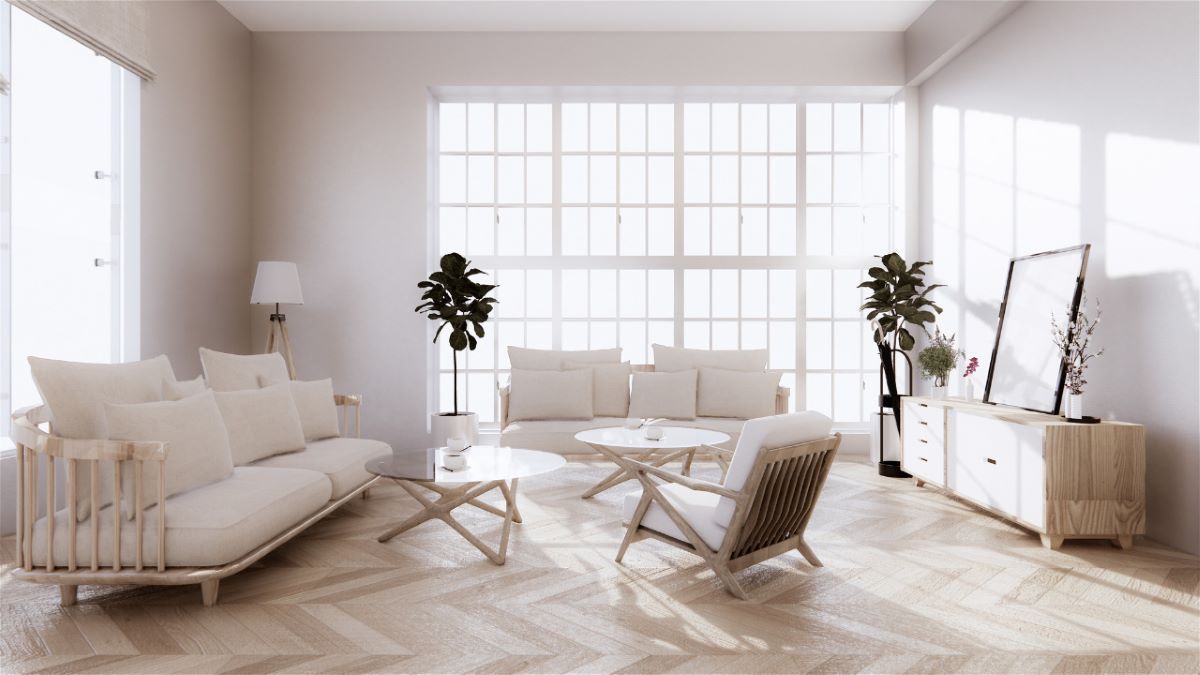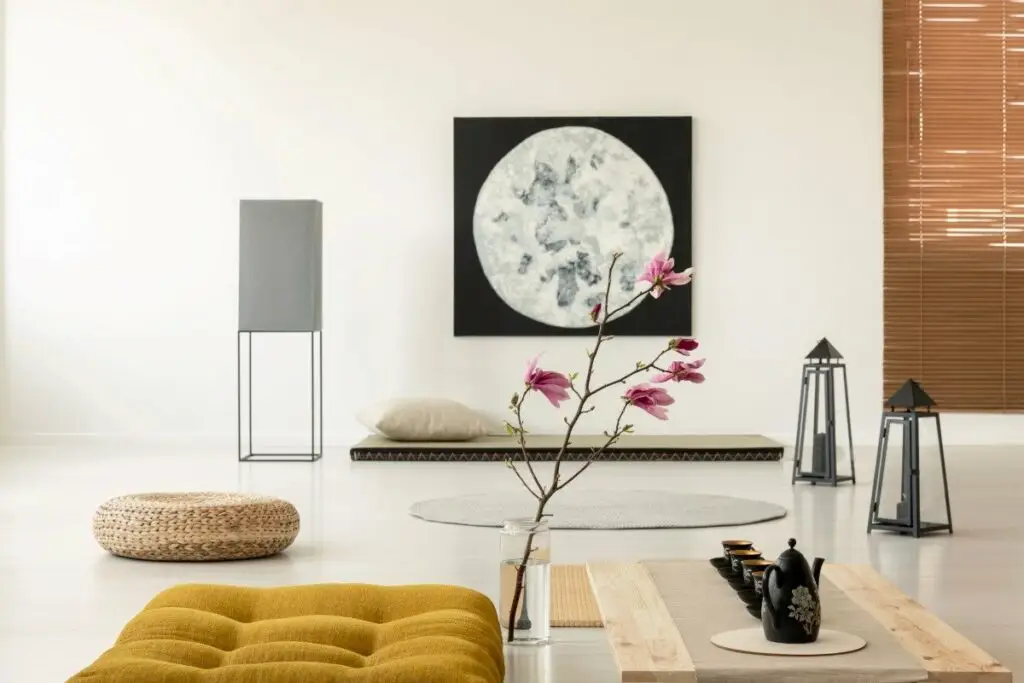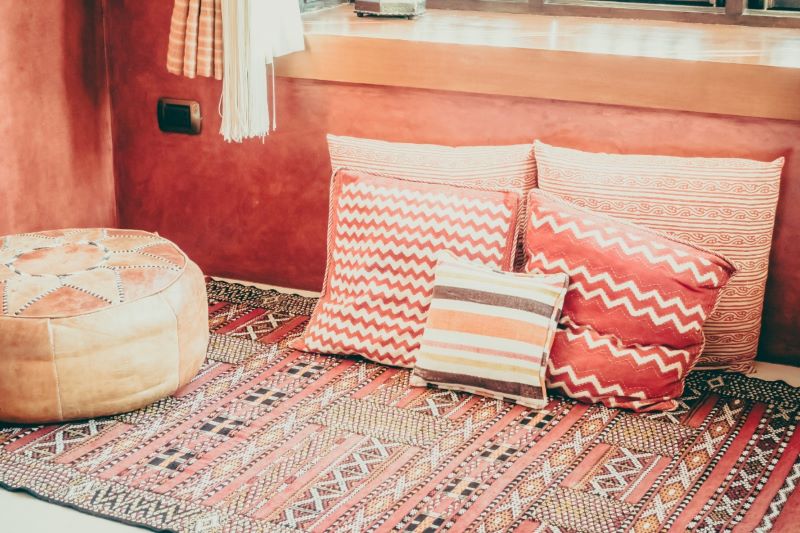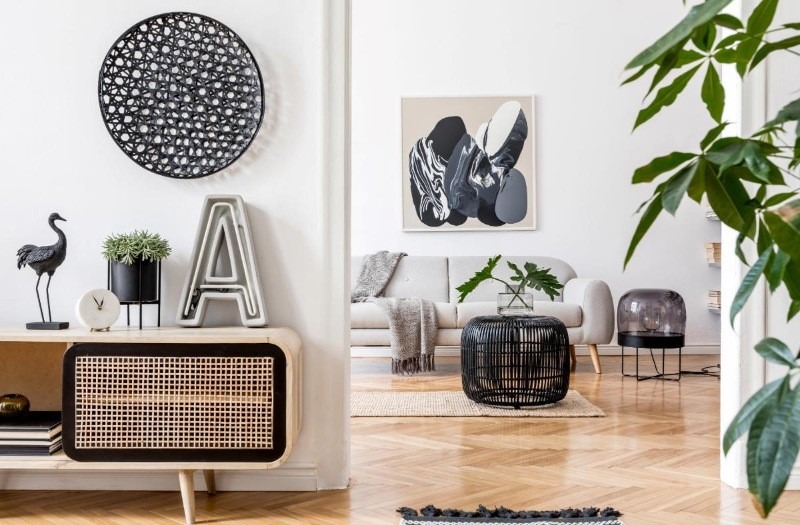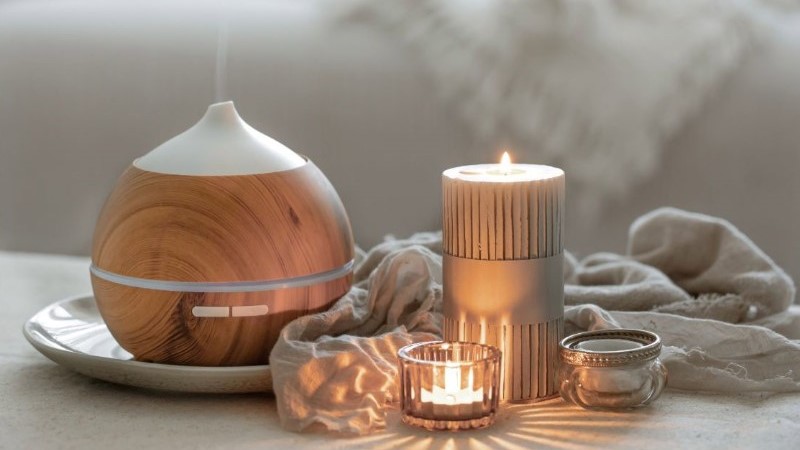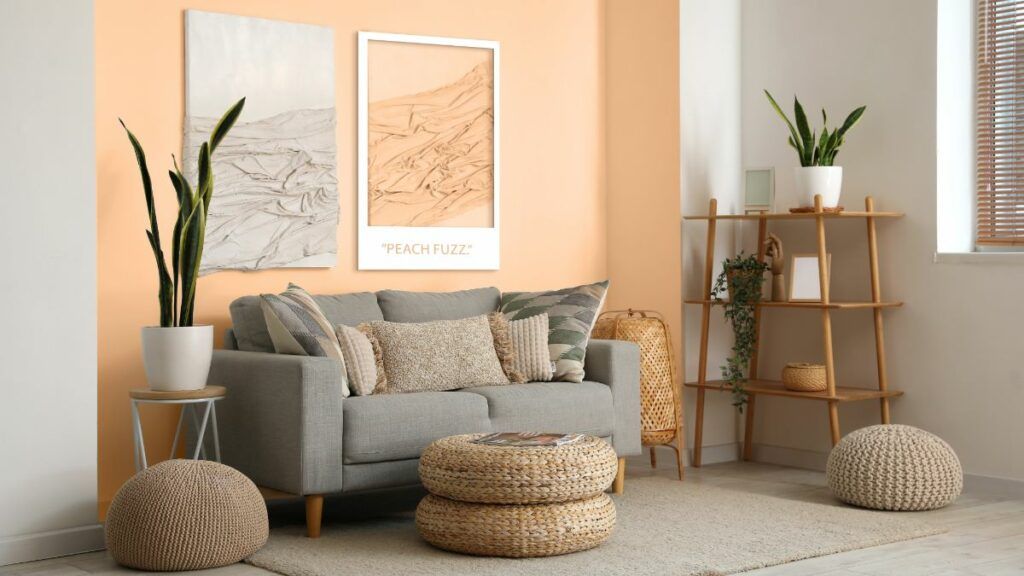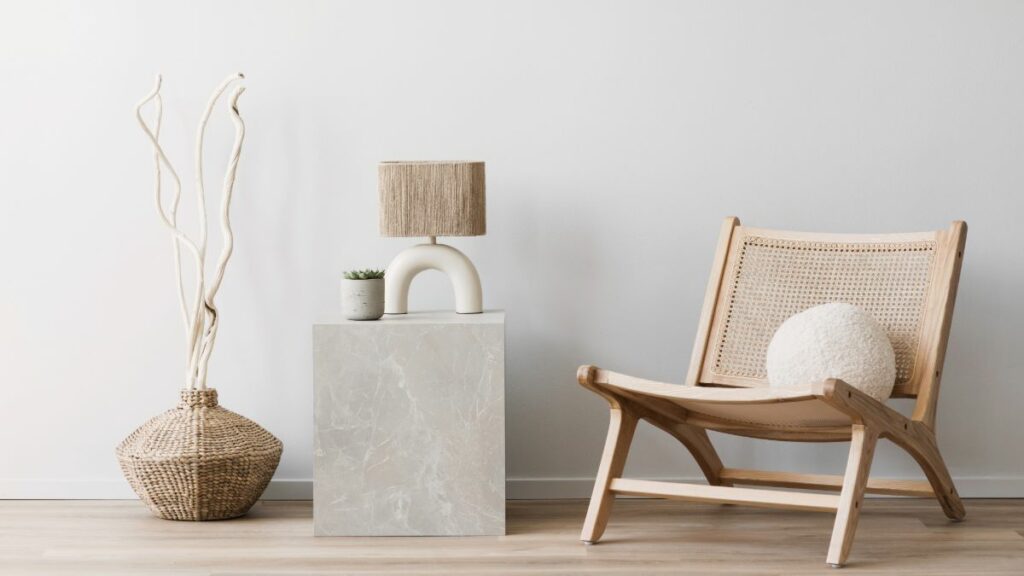Some of the links on this blog may be affiliate links. This means that if you make a purchase through these links, we may earn a small commission at no additional cost to you. We are a participant in the Amazon Services LLC Associates Program, an affiliate advertasing program designed to provide a means for us to earn advertising fees by linking to Amazon.com and affiliate websites.
Does your home ever feel a little off? You can’t quite put your finger on it, but the energy feels stagnant, stressful, or chaotic. What if the solution wasn’t buying new things but rearranging what you already have?
One ancient practice that can help achieve this balance is feng shui. With its roots in Chinese philosophy, feng shui focuses on arranging your surroundings in a way that promotes good fortune and positive Chi energy flow. In this article, we will explore six powerful feng shui interior design hacks that will transform your space into a sanctuary of positivity and balance.
What Is Feng Shui?
Feng shui is an ancient Chinese practice that focuses on creating harmony and balance in the environment. The term “feng shui” translates to “wind” (feng) and “water” (shui), symbolising the flow of energy in nature. It is based on the belief that everything in the universe is connected by an energy known as “chi”.
Feng shui consists of five elements water, fire, earth, wood, and metal, which are believed to have distinct qualities and energies. By including these elements in your home through colours, materials, and shapes, you will create a balanced and harmonious environment.
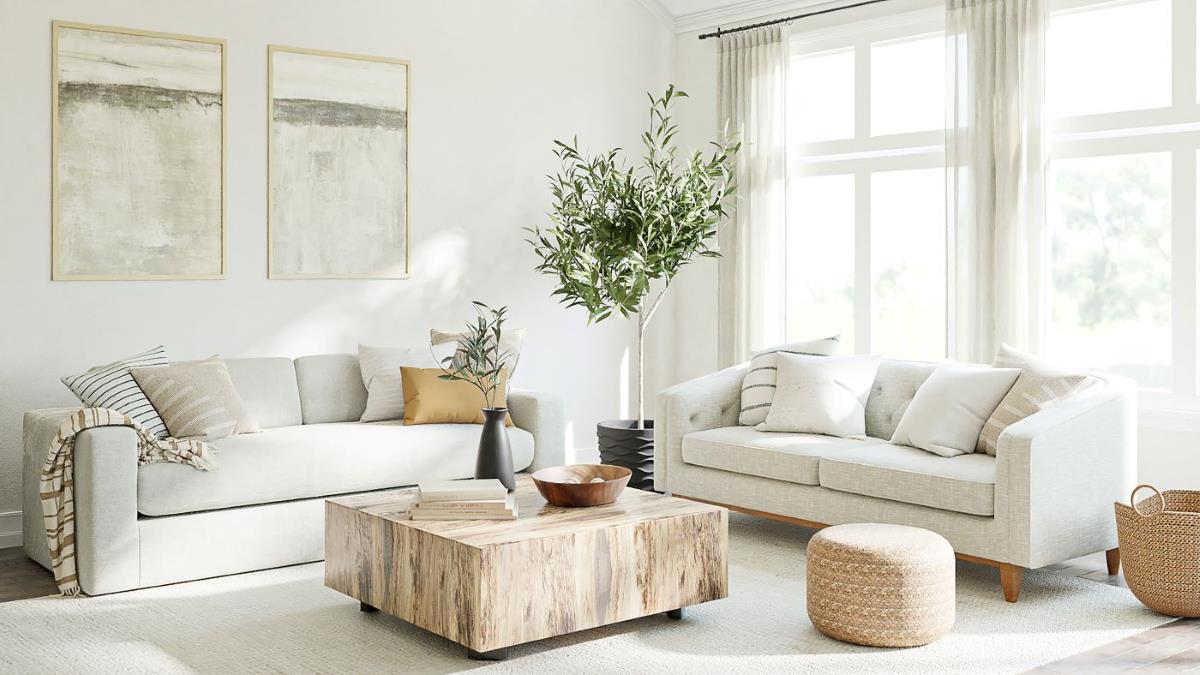
The Energy Map: A Simple Guide to the Bagua
The Bagua is the energy map of your home. It’s an octagon divided into nine areas, each corresponding to a different aspect of life (like wealth, health, and love). By laying this map over your home’s floor plan, you can see which areas need a boost. It’s a foundational tool in effective feng shui interior design. • Wealth and Abundance: Located at the far-left corner of your space. • Fame and Reputation: Positioned at the centre of the back wall. • Love and Relationships: Found in the right-hand corner of your space. • Health and Family: Located at the centre of the left-hand wall. • Creativity and Children: Positioned in the right-hand middle area. • Knowledge and Wisdom: Found in the far-left corner of the back wall. • Career and Life Path: Located in the front centre area. • Helpful People and Travel: Positioned in the right-hand middle area near the front. • Spirituality and Inner Growth: Found in the far-right corner of the back wall.
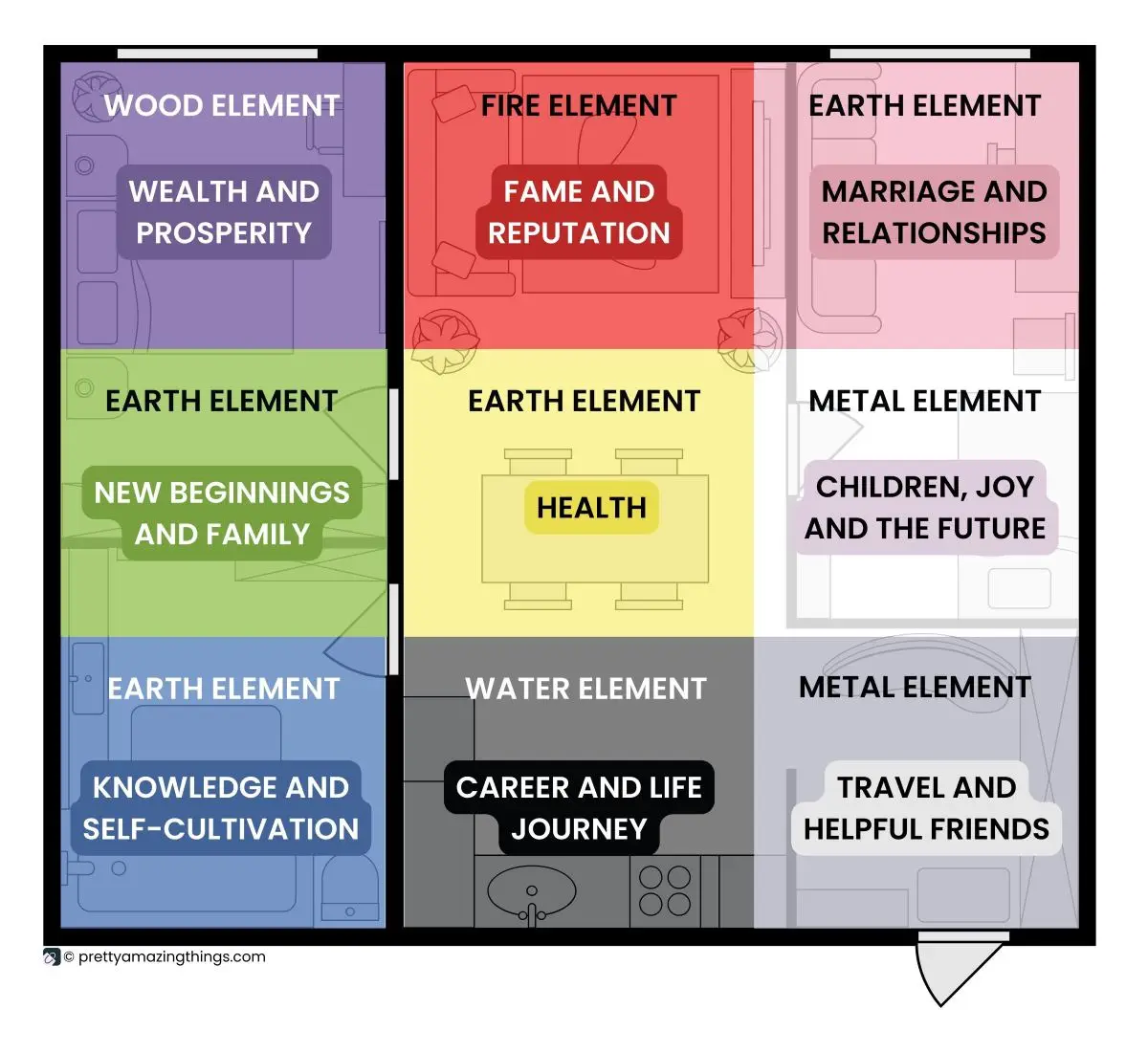
Feng shui interior design For Beginners
Feng shui practitioners believe that everything in our environment, from the layout of a room to the placement of furniture, has an energetic influence on our lives. They seek to balance the opposing forces of yin and yang, which represent passive and active energies, respectively.
Here are ten powerful yet simple hacks from the world of Feng Shui interior design. Each one is designed to improve the flow of positive energy, or Chi, throughout your space.
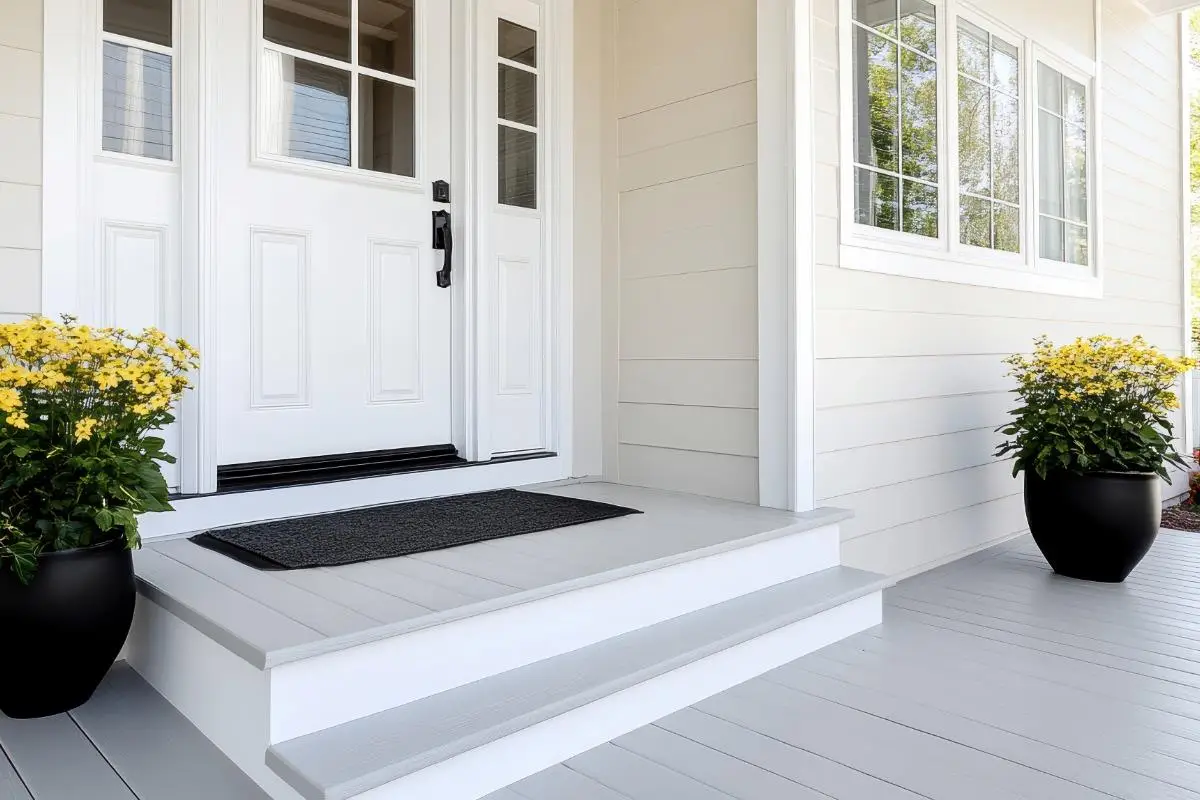
1. Feng Shui in the Entrance: The Gateway to Positive Energy
The front door is considered the “mouth of chi,” symbolising opportunity and wealth. It’s the primary point through which all energy, including opportunities, prosperity, and happiness, enters your home and your life.
A bright, clean, and well-functioning entryway invites positive Chi energy flow in, while a dark, cluttered, or neglected one can block it. Keep the entrance clean, well-lit, and clutter-free. Remove any unnecessary items that may block the flow of energy and replace them with meaningful decorations.
You can add elements of nature, such as potted plants or a welcome mat with vibrant colours. Choose colours like red or green for your front door to symbolise abundance and growth.
Practical Feng Shui for beginners:
Cleanliness is key: Regularly sweep the porch, clean the door (both sides!), and wash any nearby windows.
Function first: Ensure your doorbell works, your house number is clearly visible, and the door opens smoothly without squeaking or sticking.
Welcome in: Use a clean, new welcome mat to symbolically wipe away negative energy before entering. A healthy plant near the door also adds vibrant life energy.
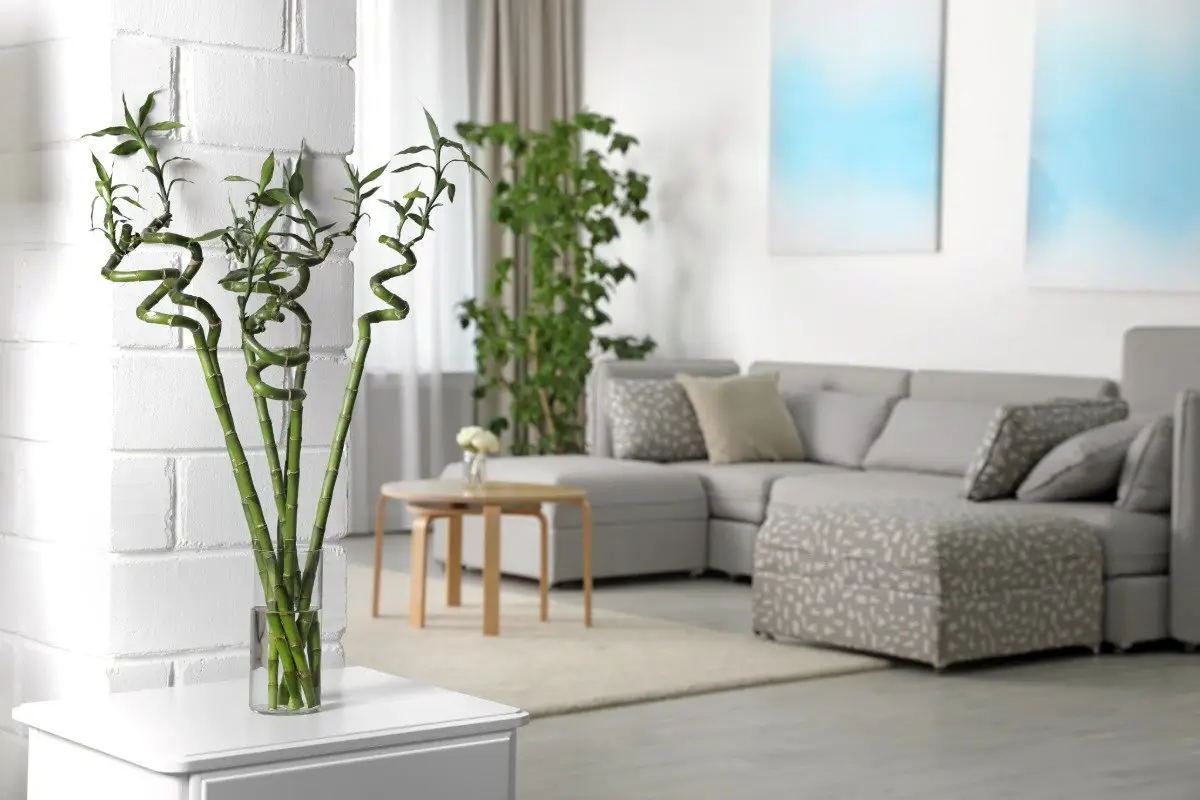
2. Feng Shui in The Living Room: Promoting Balance and Harmony
According to Feng Shui interior design, the living room is the heart of our home’s social life, where family and friends gather. The goal here is to create a welcoming, comfortable, and interactive flow of Chi.
Practical Feng Shui beginners:
Promote conversation with furniture placement: arrange your furniture in the way that inspires to have conversation. Avoid placing furniture with sharp edges or corners, as they can create a sense of unease.
Master the sofa’s position: If possible, place your main sofa against a solid wall (for support) and where you can see the entrance to the room. Avoid having the back of the sofa directly facing the door, which can feel unwelcoming.
Anchor with an area rug: A rug is a fantastic accessory to define the conversation area and add a grounding Earth element. It makes the space feel more cohesive and intentional.
Balance the elements: This is the perfect room to check for all five elements. For instance, a harmonious living room might feature a vibrant plant (Wood), a cozy wool throw blanket (Earth), a sleek metal picture frame (Metal), the warm glow of a candle (Fire), and a dark blue cushion (Water). Balancing these elements creates a complete and harmonious space in your living room.
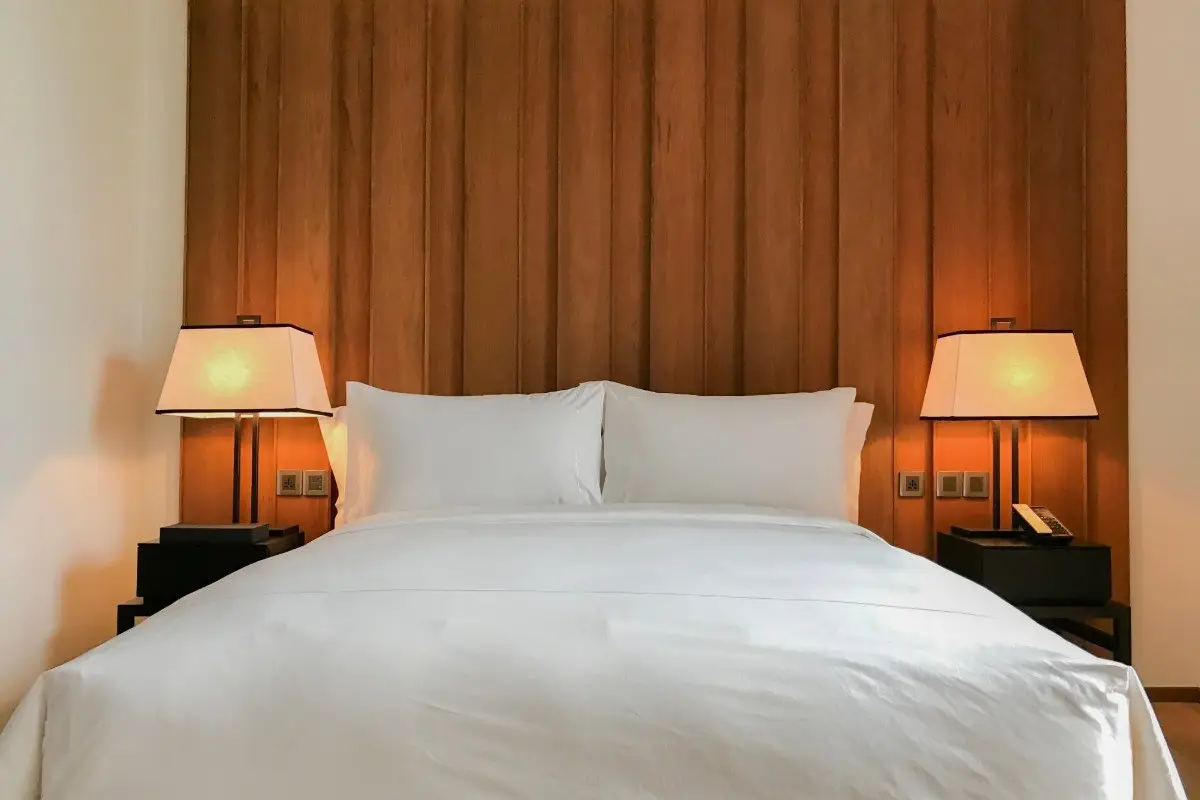
3. Feng Shui in the Bedroom: The Sanctuary of Peace
Your bedroom is the most important room for your personal energy. It’s where you rest and recharge. The Feng Shui here should be focused entirely on calm, restoration, and relationships.
Practical Feng Shui for beginners:
Embrace the commanding position: begin by placing your bed in a commanding position, where you have a clear view of the door without being directly in line with it. This puts your subconscious mind at ease, allowing for deeper, more restorative sleep. A solid wall behind the bed with a sturdy headboard provides crucial support.
Create symmetrical balance: to promote equality and balance in a relationship use pairs. Have two nightstands and two lamps on either side of the bed.
Remove negative energy triggers:
- Mirrors: Avoid having mirrors that reflect you while you’re in bed. Their active energy can disrupt sleep. If you can’t move it, cover it at night.
- Electronics: Keep TVs, computers, and exercise equipment out of the bedroom. They bring active, stressful energy instead of the calm energy needed for deep sleep.
- Clutter under the bed: Keep the space under your bed clear. Storing things there can block energy flow and lead to stagnant, unresolved issues affecting you while you sleep.
Use soothing colours, soft bedding, and ambient lighting to create a peaceful atmosphere. Keep electronic devices away from the bed to minimise electromagnetic fields. Help Chi energy flow freely by removing any clutter from under the bed.
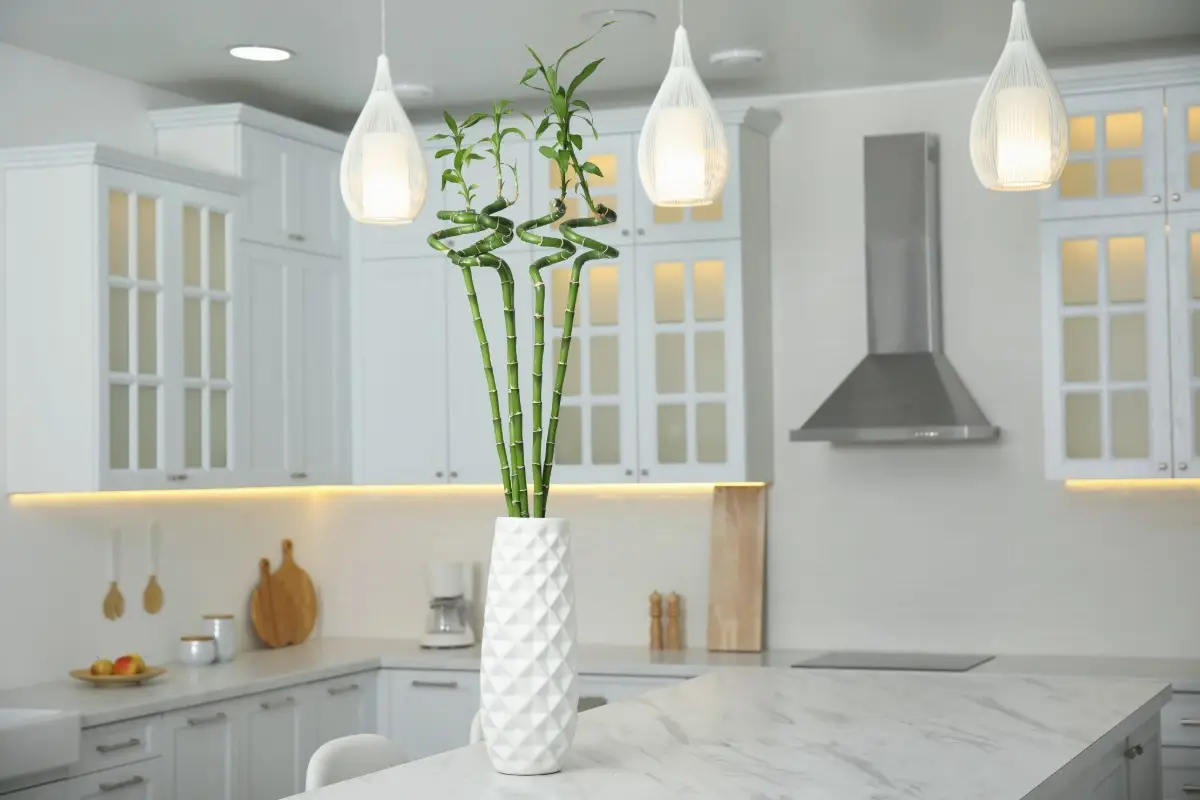
4. Feng Shui in the Kitchen: Nourishing Energy
In Feng Shui interior design, the kitchen represents nourishment and abundance. Keeping it clean and organized honors this important energy and invites prosperity into your home.
Practical Feng Shui tips for beginners:
Keep your stove in pristine condition: In Feng Shui, your stove represents your wealth and resources. Keep it clean and ensure all burners are in working order. Try to use all of them regularly to activate different streams of prosperity.
Declutter the counters: Clear counters allow for the free Chi energy flow and make the act of preparing food more joyful and less chaotic. Store away appliances you don’t use daily. Display fresh fruits and healthy foods on the countertops to attract abundance and vitality. Use warm colours like yellow or orange to stimulate appetites and create a lively atmosphere.
Mind the fire and water clash: The stove (Fire) and the sink (Water) are opposing elements. If they are directly next to or opposite each other, it can create conflicting energy. The simplest solution is to place a “buffer” element between them, like a small plant, or a wooden cutting board.
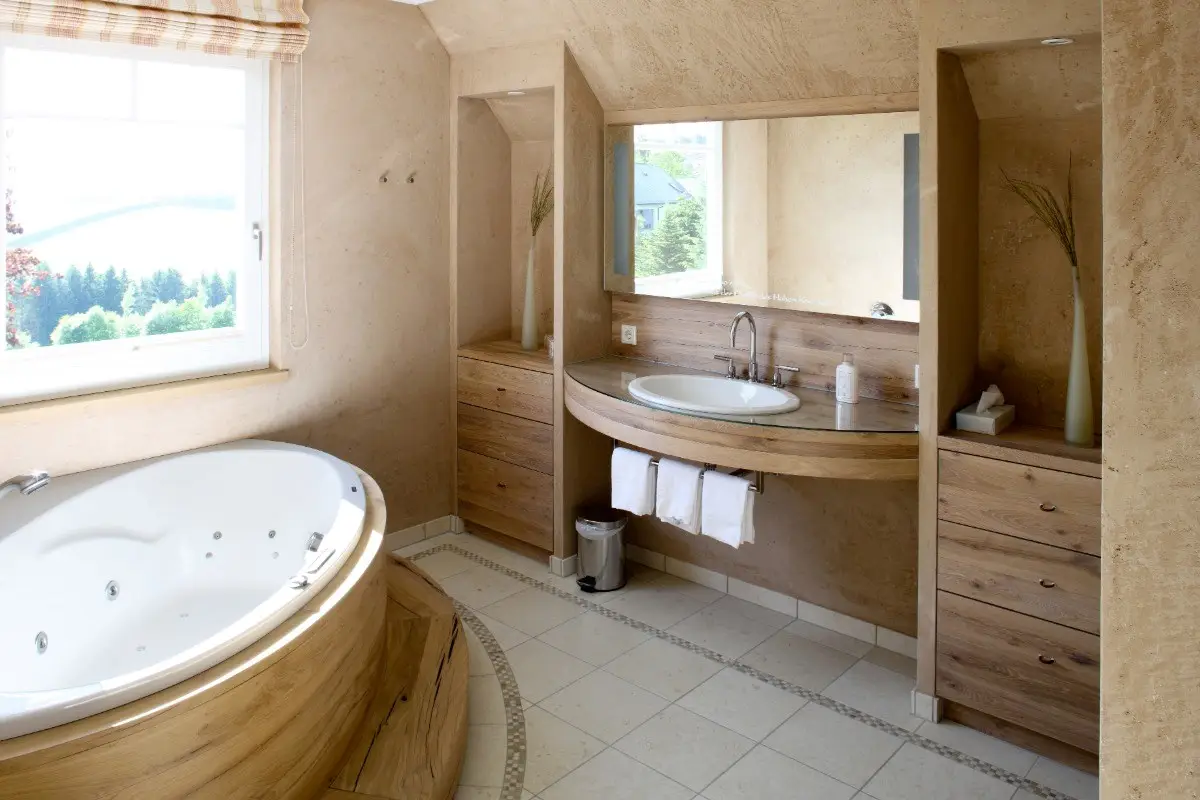
5. Feng Shui in the Bathroom: Purifying Energy
Bathrooms have a natural draining energy, so the goal here is to contain that outflow and keep the space feeling fresh and spa-like.
Practical Feng Shui for beginners:
Keep the door closed and lid down: This is the easiest and most important Feng Shui rule for the bathroom. The bathroom doors should be kept closed to prevent the outflow of positive energy. Fix any leaks or drips promptly, as they represent money going down the drain. Water represents wealth, and an open toilet is like a drain where your home’s positive Chi energy can escape.
Fix leaks immediately: A dripping faucet symbolizes a slow and steady drain on your financial resources. Repair any leaks promptly.
Introduce the wood element: Bathrooms are dominated by the Water element, they can have a draining energy. Add the Wood element with plants (bamboo and orchids thrive in humidity) or green towels and accessories. The Wood element helps to “drink up” the excess water energy, creating balance.
Keep your bathroom well-lit, clean, and ventilated to ensure a positive flow of energy. Add a mirror to reflect and multiply positive energy, and plants or a small water feature to counteract the draining energy and bring a sense of freshness and vitality to the space.
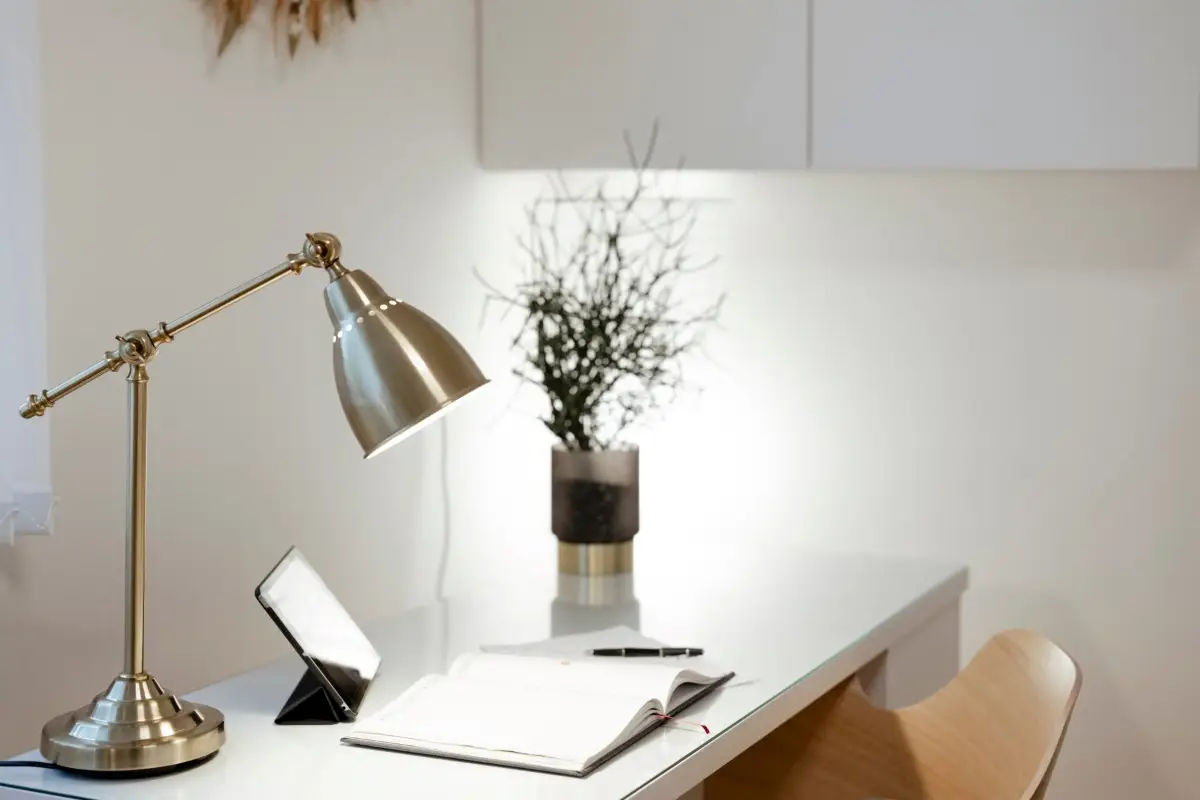
6. Feng Shui in The Office: Boosting Productivity
Your home office space should be designed to support focus, success, and opportunity. The principles of Feng Shui interior design state that chi energy flow in this room directly influences your motivation and career trajectory.
Practical Feng Shui for beginners:
Boost your productivity: Just like in the bedroom, the commanding position is crucial here. Position your desk so you are facing the door, not with your back to it. This allows you to see who is coming, symbolically keeping you in command of your career and open to new opportunities.
Clear your desk, clear your mind: A cluttered desk creates a cluttered mind and stagnant career energy. At the end of each day, take five minutes to tidy your workspace. Keep only what you need for your current tasks on the surface.
Energize with light and plants: Position your desk to take advantage of natural light if possible. Add a healthy, vibrant plant on or near your desk to promote growth, success, and fresh ideas.
By making small adjustments and embracing the principles of Feng Shui, you can create a hame that nurtures your well-being, and boosts your positive energy. So go ahead, experiment, trust your intuition, and start adding Feng Shui hacks to your space.
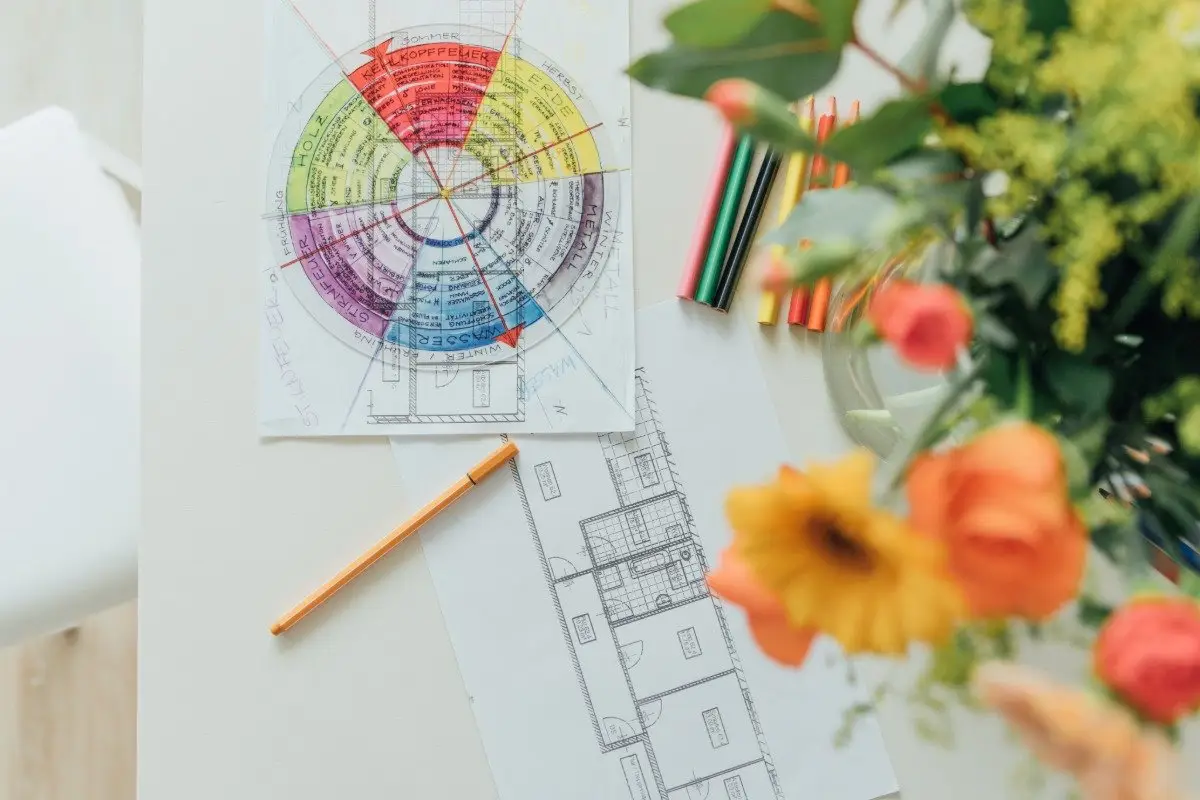
What is the most important rule in Feng Shui?
Think of it this way: decluttering manages the energy around you, while the “commanding position” manages the energy within you.
Clearing clutter is crucial for a healthy Chi energy flow in your home. However, ensuring your bed and desk are in the commanding position is arguably the most important principle for your personal sense of peace and empowerment. One clears the path, the other gives you the confidence to walk it.
Can you apply Feng Shui Interior Design in a small city apartment?
Absolutely! Feng Shui is arguably even more crucial in small spaces because every inch matters. It’s all about maximizing flow and function.
Think vertically: Use tall bookshelves or hanging plants to draw the eye upward. This activates the Wood element’s rising energy and makes a room feel more spacious and less compressed.
Choose dual-purpose furniture: A storage ottoman or a coffee table with drawers is excellent Feng Shui. It helps you reduce clutter while remaining functional, which is the perfect combination for a harmonious small space.
How can You start with Feng Shui if You are a total beginner?
Start with just one thing: declutter your entryway. This is the simplest and most impactful change you can make. After that, try a second easy step: check the position of your bed.
Is it in the commanding position where you can see the door? Addressing these two small areas often creates such a noticeable shift in how you feel that you’ll be naturally motivated to do more.

